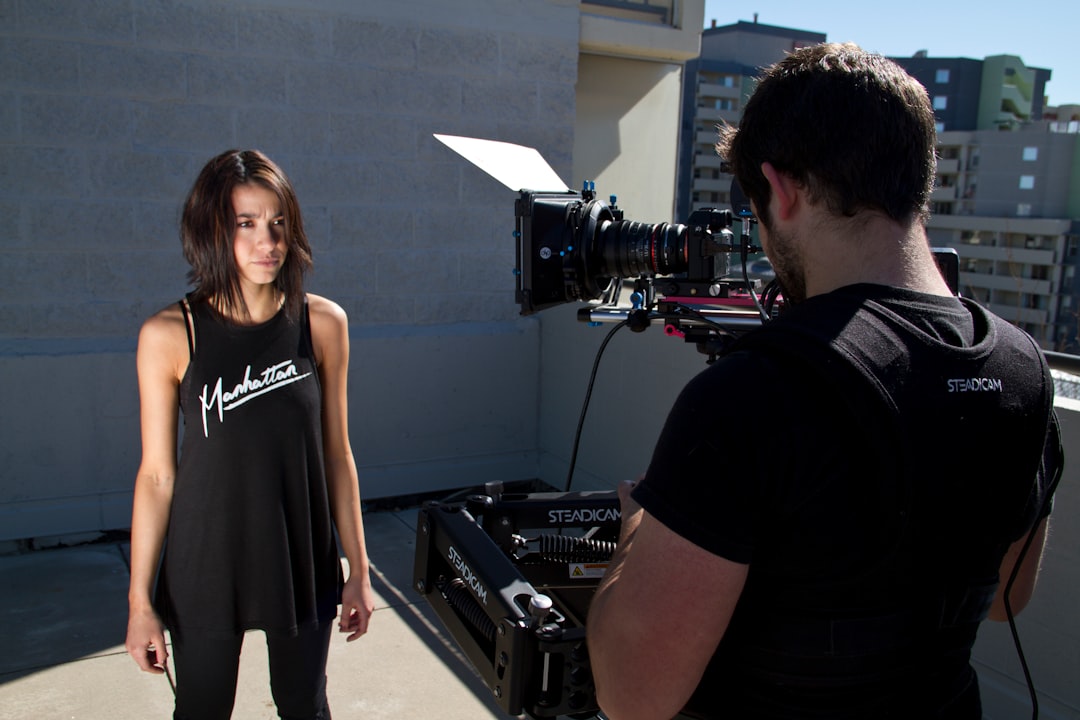The art of filmmaking is not merely a technological venture but an expansive canvas of creativity, where directors, actors, and scores of other artists come together to create worlds that enchant, challenge, and reflect the myriad aspects of human experience. From the silent black and white films of the early 20th century to the modern digital masterpieces that unfold in immersive 3D environments, films continue to captivate and influence millions. This article delves into the intricate layers that make the world of cinema both a mirror and a canvas, reflecting societal changes and painting new realities.
The Evolution of Cinematic Techniques
Film has undergone a remarkable evolution since the first moving images flickered in dimly lit rooms. The journey from silent films to talkies introduced the world to a new dimension of storytelling, where sound was synchronized with motion to create more dynamic and expressive narratives. The introduction of color technology brought films like “The Wizard of Oz” to life, transforming the viewing experience with vivid imagery that captured the imagination of its audience. Today, advancements in CGI and high-definition cameras are pushing the boundaries of what can be visually achieved, making the impossible seem possible and inviting audiences into ever more intricate and believable fantastical worlds.
The Role of Soundtracks in Film
Music is the unseen force that profoundly shapes the emotional landscape of a film. A well-composed soundtrack can elevate a scene from mundane to unforgettable, embedding itself in the cultural consciousness long after the credits roll. Composers like John Williams, who penned the scores for “Star Wars” and “Jurassic Park,” and Hans Zimmer, known for his work on “Inception” and “The Dark Knight,” have masterfully crafted music that becomes a character in its own right, essential to the storytelling process. Beyond dramatic scores, the use of diegetic music—songs played within the reality of the film—can enhance authenticity and provide deeper insight into characters’ minds.
Film as a Cultural Mirror
Cinema not only entertains but also serves as a powerful medium for societal commentary, reflecting and sometimes shaping public attitudes and beliefs. Films like “To Kill a Mockingbird” and “Schindler’s List” address the harsh realities of racism and genocide, forcing viewers to confront uncomfortable truths. Meanwhile, science fiction movies such as “Blade Runner” and “The Matrix” explore philosophical and ethical dilemmas brought about by technological advancements, revealing societal fears and hopes for the future. Through diverse genres and narratives, films continue to be a vital part of cultural discourse, offering perspectives that might otherwise be marginalized.
The Global Film Industry
While Hollywood remains a dominant force in global cinema, film industries from around the world contribute unique flavors and viewpoints, enriching the global tapestry of film. Bollywood, Nollywood (Nigeria), and the film industries of South Korea, France, and Iran, among others, produce films that resonate with local and international audiences alike. These films often bring fresh narratives and aesthetic styles to the forefront, challenging Hollywood’s formulaic approaches and introducing global audiences to new cultural experiences and storytelling techniques.
The Future of Filmmaking
As technology continues to evolve, so too does the landscape of filmmaking. Virtual reality (VR) and augmented reality (AR) are poised to redefine cinematic experiences, offering immersive environments that allow viewers to step into the story. Meanwhile, artificial intelligence (AI) is being explored for its potential in scriptwriting, editing, and even directing, promising a new era of film production where human creativity meets advanced computation. The challenge for filmmakers will be to balance these technological advancements with the human touch that lies at the heart of relatable and compelling storytelling.
In conclusion, film remains one of the most dynamic and influential forms of artistic expression, constantly evolving with technological innovations and shifting cultural tides. As we look forward, the promise of new tools and techniques will undoubtedly lead to exciting new chapters in the ongoing story of cinema.







